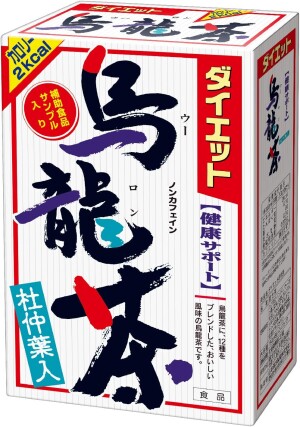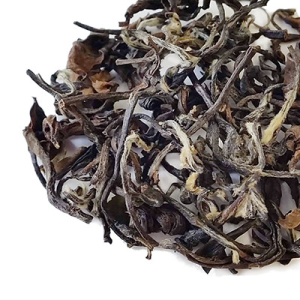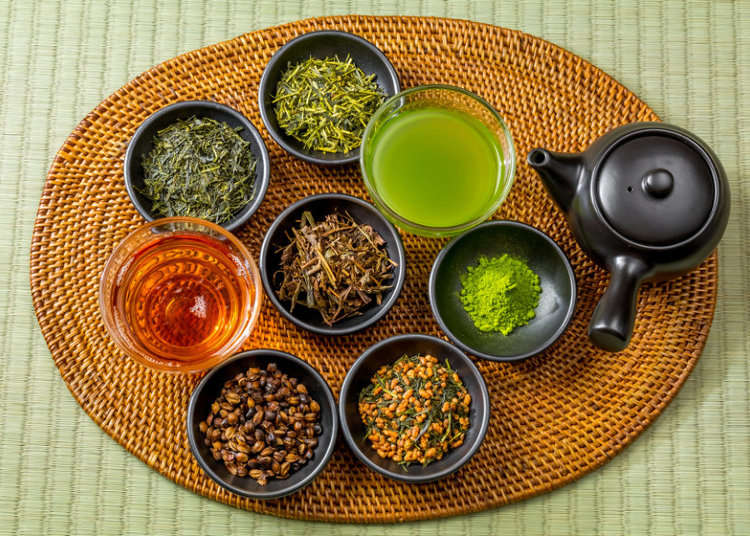
Japan's variety of teas keeps growing thanks to cultivation experiments. Some teas taste different depending on the region, while others have different names across Japan. If you want to learn about Japanese tea and get closer to its tea culture, read on.
Types of Japanese Tea
Some of the most popular types are Matcha, Sencha, Gyokuro, Bancha, Genmaicha, Hojicha, Kyobancha, Tencha, Kukicha, Konacha, Kamairicha, Sanpincha, Oolong, Wakoucha, and various fermented teas.
Matcha
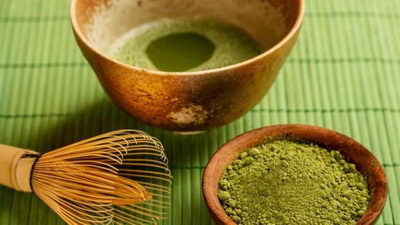
Almost everyone has heard of Matcha, the famous Japanese powdered tea. Many believe that Matcha was the first tea the Japanese ever tried, introduced by the Chinese.
To make Matcha, tea leaves are first steamed and dried. Then, the leaves are ground into a fine powder using stone mills for ceremonies, or industrial machines for mass production.
Matcha is traditionally prepared in a bowl called a Chawan. The powder is mixed with hot water (around 80ºC) and whisked with a bamboo whisk called a Chasen. This turns into a bright green, creamy liquid with foam.
Recently, Matcha has become very popular and is used in drinks, desserts, and pastries. However, good quality Matcha is expensive. So, if you find cheap Matcha in a grocery store, do not expect high quality.
Sencha
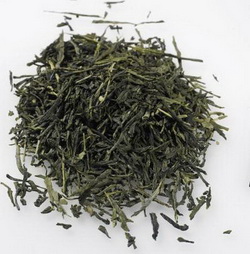
Sencha is currently the most popular tea in Japan, but it wasn't known until 1738. The word "Sencha" means "simmered tea." Historically, it referred to boiling tea in a pot.
We owe Sencha's creation to Nagatani Sōuen from Uji city. It took him 15 years to create this tea. Tokyo residents were the first to buy it, and then it spread throughout the country.
There are two main steps in making Sencha:
- The tea leaves are steamed, which stops them from oxidizing.
- The leaves are then rolled into needle-like shapes as they dry.
If Sencha is made from leaves that were shaded before harvesting, it is called Kabusecha or Kabuse Sencha.
Gyokuro
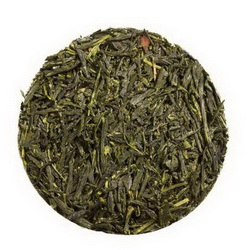
Gyokuro was created in 1835 by Yamato Kahei, a tea merchant from Tokyo. He experimented by shading tea leaves for making Sencha like they do for Tencha. The result was a sweeter, richer tea with a deeper green color. The name Gyokuro means "jade dew." Gyokuro is usually made from spring tea leaves. The plants are shaded from sunlight three weeks before harvest. In the past, dry straw and rice stems were used for shading. Nowadays, black nets are used, and machines handle the harvesting and processing.
Bancha

Bancha is a tea for everyday people, considered lower-grade since it is made from large and mature leaves. The leaves for Bancha are picked after harvesting Sencha, Gyokuro, and Tencha. Being coarser, they're steamed or boiled longer. Preparation varies based on the type of Bancha. Though it is seen as simpler and does not have the complex flavors of Sencha, Bancha can still be interesting, with many regional variations. Bancha is also used for making Hojicha and Genmaicha.
Genmaicha
Genmaicha is Japanese green tea mixed with roasted rice. It was created to reduce tea costs and extend shelf life. Loved for its roasted aroma and buttery taste, it’s popular in Japan and worldwide.
Sometimes, Matcha is added to Genmaicha for a greener color and stronger flavor, known as "Matcha Iri Genmaicha."
Hojicha
Hojicha is roasted green tea made from Bancha, Sencha, or Kukicha. The leaves are processed and then roasted in a pan, giving the tea a unique flavor, aroma, and a golden-brown color. In Japan, Hojicha is often enjoyed during meals.
Kyobancha
Kyobancha is another roasted Japanese tea from Kyoto, known elsewhere as Iribancha or Hirabancha. Made from the last leaves of the season, collected in March, these leaves are steamed for 30 minutes, dried, and roasted.
Though regarded as low-grade, Kyobancha offers a pleasant smoky aroma and nutty aftertaste.
Tencha
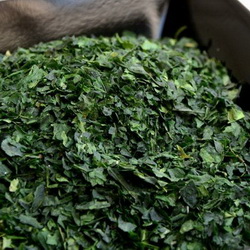
Tencha is usually used to make Matcha. The leaves are shaded for 4 weeks before harvesting, then steamed, dried, and separated from the stems. When ground, they become Matcha. Tencha is rarely drunk but appreciated by some. It's not rolled during processing, so it has a light taste when brewed.
Kukicha
Kukicha is tea made from stems removed during the production of high-grade Matcha and Sencha. The name comes from the Japanese word "Kuki," meaning "stem." It has a milder flavor and is easy to brew without becoming bitter.
Konacha
Konacha is a low-grade Japanese tea made from tea dust and small particles, often used in tea bags.
Kamairicha
Kamairicha is Japanese green tea pan-fried to stop oxidation and dry the leaves. Depending on the rolling technique, it can be Tamaryokucha (curled leaves) or Kamanobicha (straight, needle-like leaves).
Sanpincha
Sanpincha is jasmine-flavored Japanese green tea. The technique came from China and is usually grown on the southern islands of Okinawa.
Oolong
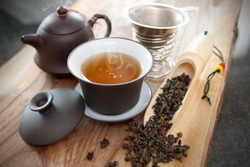
Oolong is a type of tea that is partially oxidized. To make it, tea leaves are wilted, rolled, and dried to stop further oxidation.
This tea is not traditionally common in Japan but is becoming more popular recently.
Wakoucha
Wakoucha is Japanese black tea. The process involves wilting the tea leaves, rolling them to speed up oxidation, and then drying them.
Black tea was not popular in Japan historically. Its production started in the Meiji era (late 19th to early 20th century). The Japanese tried to export their black tea, but it wasn't very successful.
Fermented Teas
Fermented teas have an ancient history and are made in some parts of Japan, especially on the island of Shikoku.
The tea leaves are left to grow until summer, harvested, boiled, and then fermented for weeks or months, depending on the type of tea. Finally, they are dried.
Different fermented teas vary in how they are processed and what bacteria are used for fermentation. Some well-known types are Goishicha, Awa Bancha, Kuroishizuchicha, and Yamabuki Nadeshiko.
Once you try Japanese tea, you will not want to go back to your usual teas! Enjoy the experience of high-quality tea grown in Japan. Check out the "Tea" section” and find one that suits your taste!




